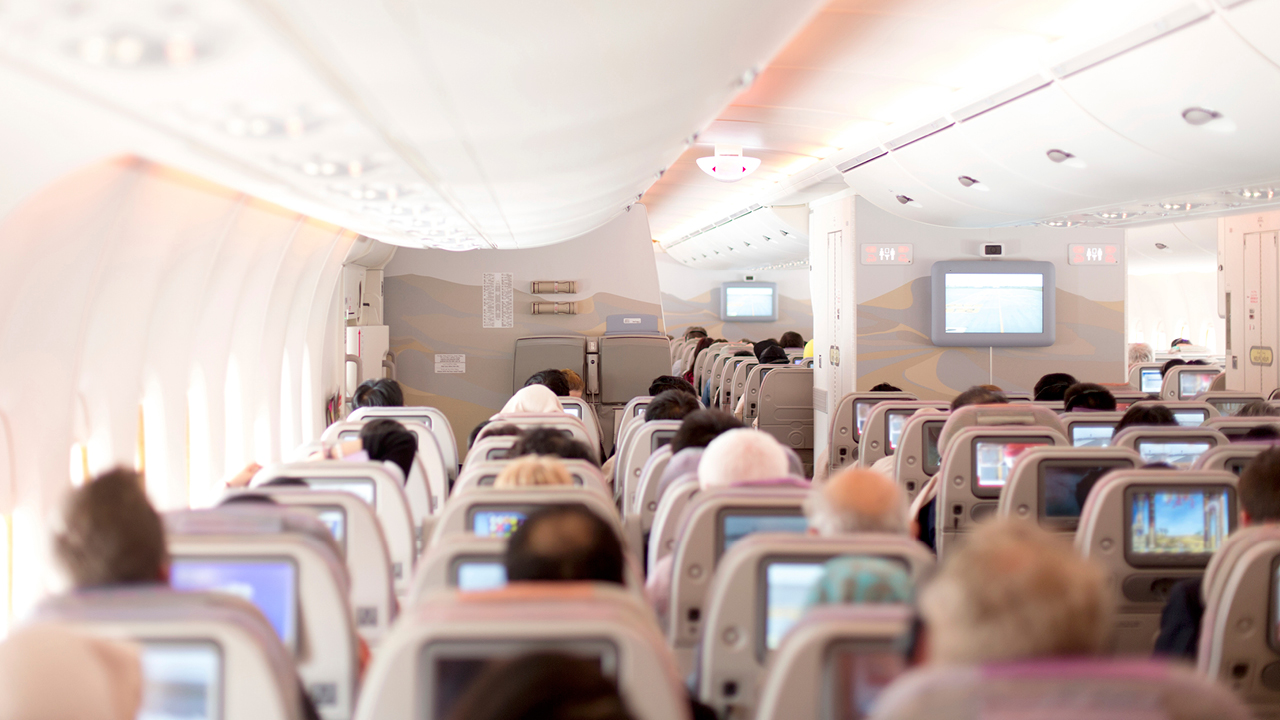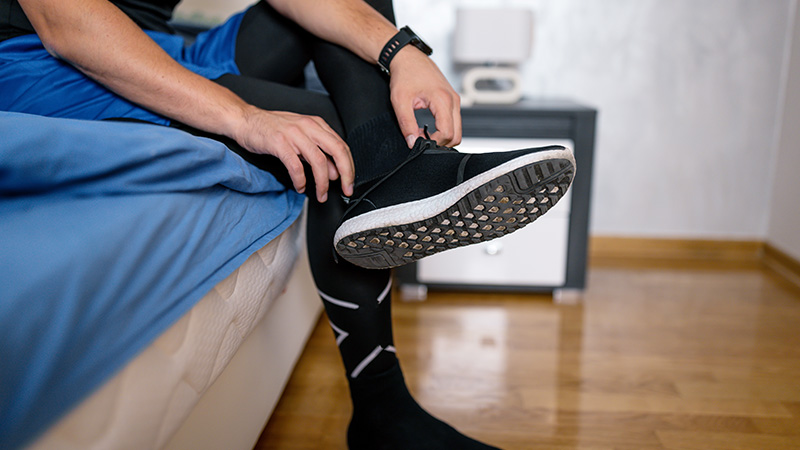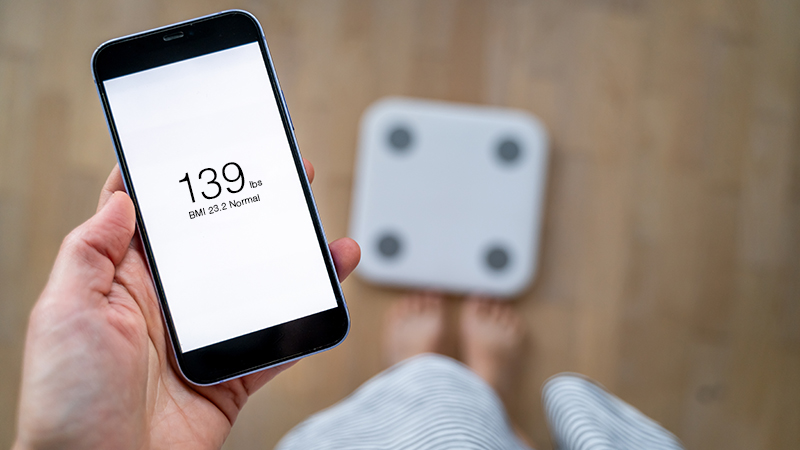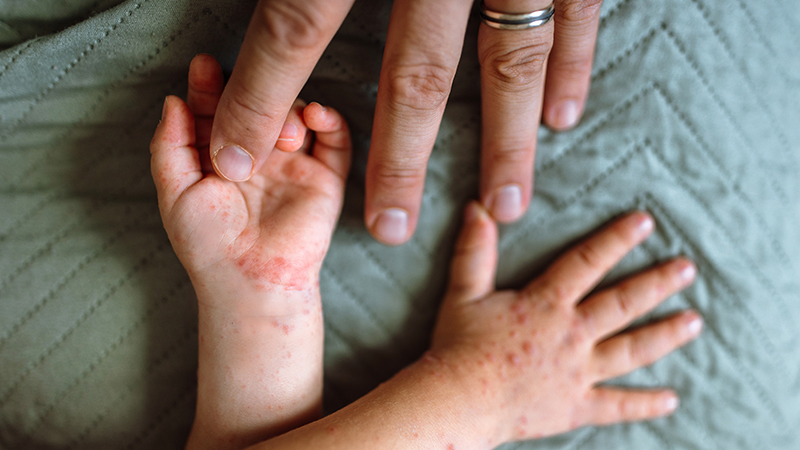15 Tips for Plane Travel
Your Health in Flight
Updated June 2025
Many people experience some form of discomfort or sickness when they travel by plane. Dry mouth, aching limbs and swollen ankles are all par for the course on plane rides — and they are, in fact, caused by the very environment you’re traveling in. That means there’s nothing you can do to eliminate these issues entirely, but a few simple steps can help you feel more comfortable in the air.
“Traveling can be overwhelming if you or a loved one falls sick,” says Shazia A. Khan, MD, a primary care physician specializing in internal medicine at Northwestern Medicine. “It’s important to take preventive measures to minimize your risk.”
Here are 15 tips from Dr. Khan to help you feel your best while you’re in the air.
1. Drink more water.
A commercial airplane flies around 30,000 to 40,000 feet high. However, the cabin is pressurized to feel more like you’re somewhere between 6,000 and 8,000 feet — similar to being on a mountain. This can make sitting and breathing feel more challenging, while the low humidity can make your body dehydrated. Hydration will help you handle anything air travel sends your way, and water is the most accessible option. Avoid caffeinated beverages and other diuretics like coffee and soda. Aim to drink a glass of water (about 8 ounces) every hour that you’re in the air. The increased bathroom breaks will offer an additional opportunity to stretch your legs.
2. Avoid alcohol.
Alcohol presents a double threat to airplane wellness. Not only does alcohol make it more difficult for your cells to absorb oxygen, worsening your altitude-related symptoms, but it also dehydrates your body faster. So if you’re feeling stressed about flying, opt for a soothing non-caffeinated tea instead of a stiff drink.
3. Pack moisturizing products.
Low humidity on planes can cause real discomfort. While a comfortable indoor humidity is anywhere from 30% to 65%, the humidity inside an airplane cabin is only around 10% to 20%. As a result, you and your body will feel better if you pack a good moisturizer for dry skin and eye drops like saline solution, especially if you wear contact lenses. Just remember to pack a travel size to get past security.
4. Protect your immune system.
Catching a cold from a flight isn’t the result of poor or recycled air quality; it’s more likely due to a combination of excessive germs and your body’s compromised ability to fight them off. Hundreds of people have touched what you’re touching, and everyone is breathing — and sometimes sneezing — in the same confined space for multiple hours. You can pack disposable wipes to clean the tray tables, but your best lines of defense are making sure you are up to date on your routine and travel-specific vaccines, and washing or sanitizing your hands, especially before eating.
5. Flex your calves.
Immobility can increase the risk of deep vein thrombosis (DVT), sometimes called “economy-class syndrome” in travel talk. While it’s not proven that flying alone raises the risk of DVT, sitting still for more than four hours is unhealthy in any context. To get your blood flowing, you only need to contract your calf muscles — for example, by tapping your feet, which also moves your shins, thighs and hip joints. Walking to the back of the plane or using the restroom are also easy, inconspicuous ways to keep your blood flowing. If you have additional risk factors for blood clots, talk to your physician about wearing compression stockings or taking medicine before you take off.
6. Stretch everything else.
While less crucial than leg stretches, it’s still a good idea to move and stretch other parts of your body if you’ll be sitting in one position for a long time. Bring your chest down toward your thighs to stretch out your back and reach your arms out in front of you for a simple upper-body stretch. For more involved moves, you may need to get out of your seat and find a space — probably near the back of the plane — to stretch.
7. Consider wearing compression stockings.
If you have risk factors for blood clots, such as DVT, a recent surgery, cancer, pregnancy or limited mobility, wearing properly fitted, below-the-knee compression stockings (providing 15 to 30 mm Hg of pressure) can help prevent blood from pooling and clotting in your veins.
8. Wear a mask.
Wearing a mask can help reduce the risk of catching or spreading respiratory viruses, especially during outbreaks.
9. Carry your medications and medical information.
Bring all necessary medications in your carry-on bag, keeping them in their original containers. Carry a list of your medical conditions, allergies and current medications. If you have diabetes, bring your glucometer and snacks in case of low blood sugar.
10. Plan ahead for chronic conditions.
If you use oxygen or have lung or heart problems, talk to your doctor before flying. You may need to arrange in-flight oxygen with the airline ahead of time.
11. Reduce your risk of ear and sinus discomfort.
Chewing gum, swallowing or yawning during takeoff and landing can help relieve ear pressure. If you have a cold or sinus infection, consider delaying travel, if possible, as symptoms may worsen during a flight.
12. Sleep near the window.
While you shouldn’t count on getting completely restful sleep on the plane, it can be an opportunity to rest during your travel, particularly if you’re facing jet lag. If you plan to catch some shut-eye, opt for a window seat (and don’t forget a neck pillow). Not only will you have control over the window shade and sunlight, but you’ll also be out of the way of climbing seatmates or passengers bumping into you in the aisle. A window seat over the wing of the airplane can also help reduce your sensation of turbulence, which is helpful if you are prone to motion sickness.
13. Make your own legroom.
With baggage fees persuading more passengers to bring carry-ons, overhead bins and under-seat space can fill up fast. Try to pack only the necessities in your carry-on to give yourself the most amount of legroom possible.
14. Dress comfortably.
Travel attire is a personal decision, but regardless of how you choose to dress, layers are key. Airplanes tend to be cold, but the ability to add and remove layers can help you acclimate to different airports and climates.
15. Breathe.
Take a few deep breaths after you’re settled into your seat. Not only will breathing techniques help if you’re stressed or nervous about flying, but adjusting your breathing rhythm can also help you adjust to a new altitude.






